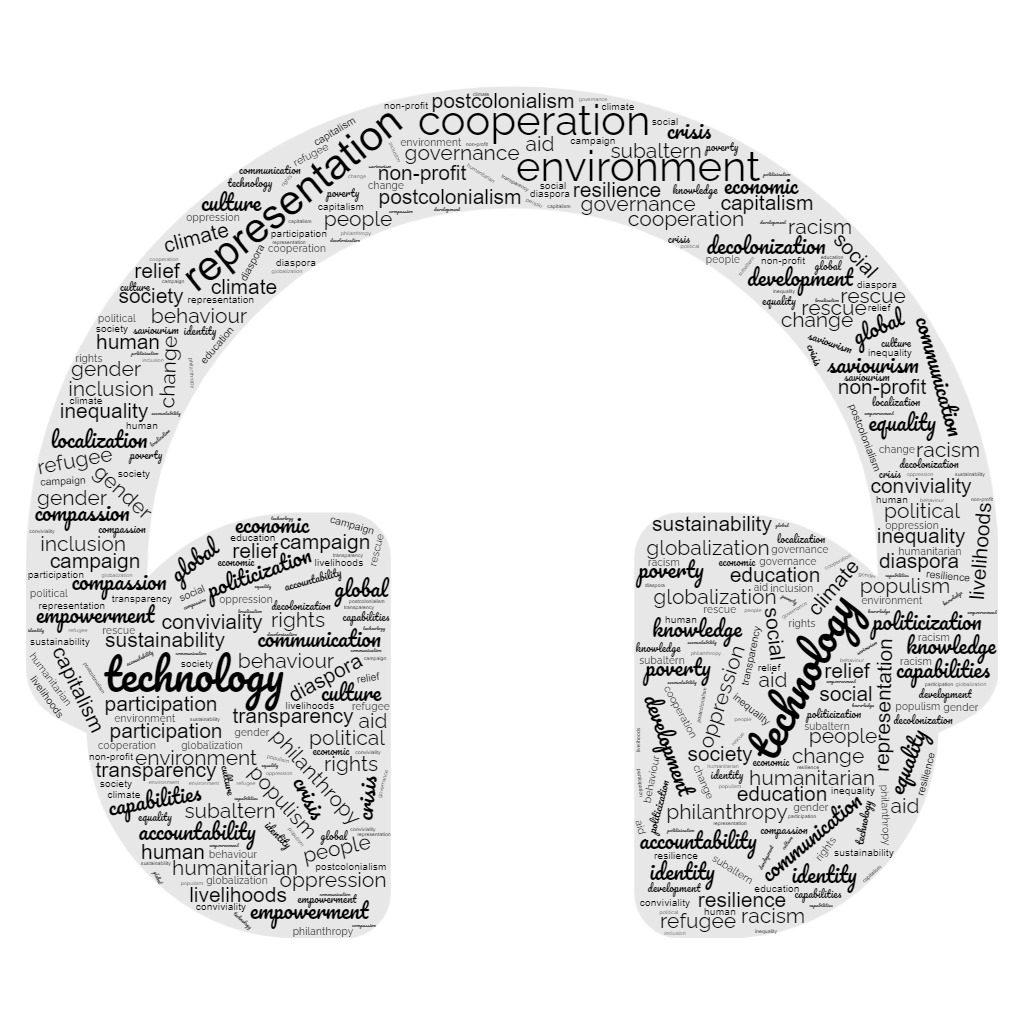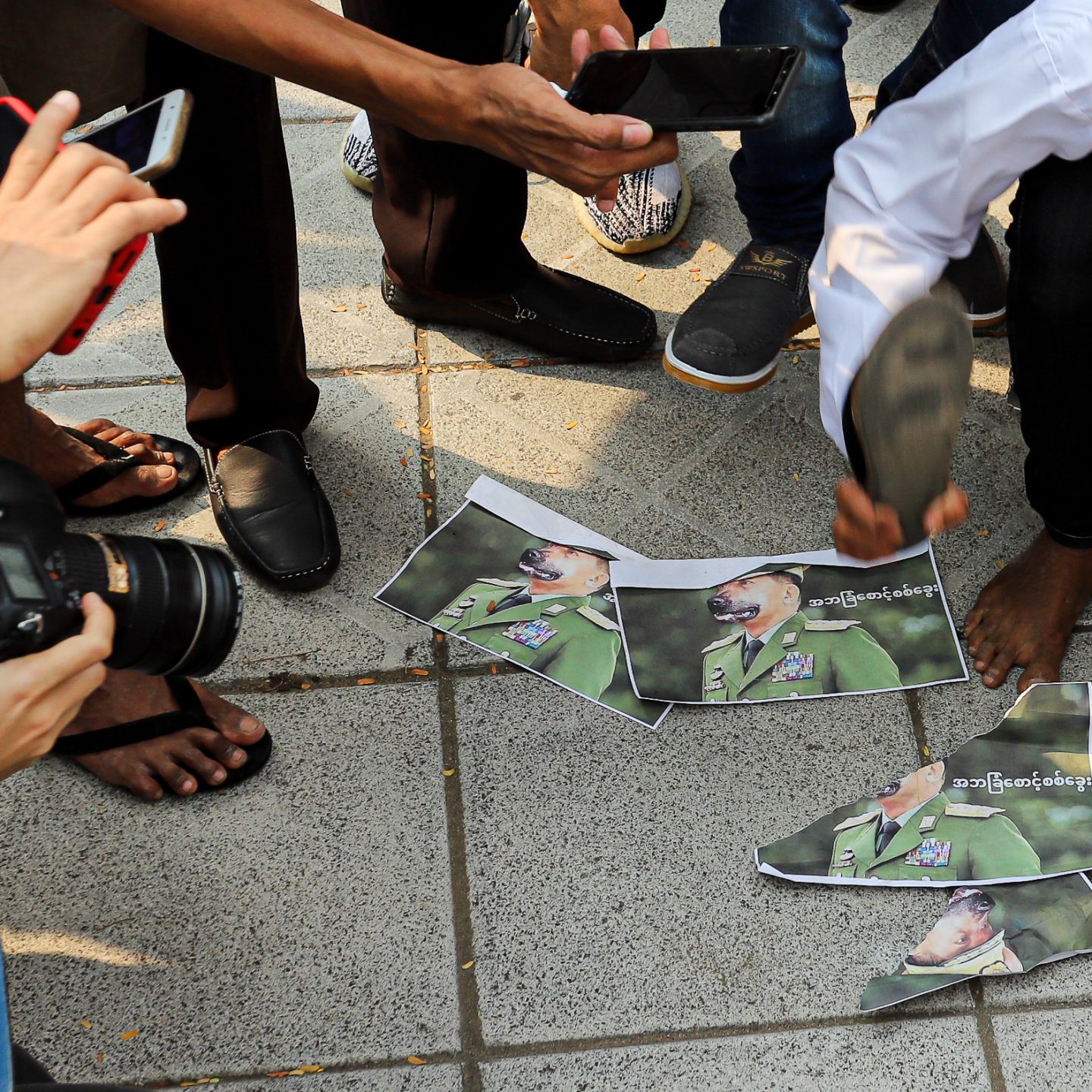Featured image credits: Adirach Toumlamoon / Shutterstock.com
#Listen to this post
The first SIM card I bought in Myanmar in 2014 cost 120 $. It took minutes to load an email in some places. A year later, SIM cards were available for around a dollar, and international telecommunication enterprises had begun major operations in the country. 4G soon had better coverage in Myanmar than in some areas of Germany.
After decades of utter isolation and military dictatorship, Myanmar lived through a hopeful period of reforms and near-democracy between 2011 and 2021. International development cooperation, investments, tourism, local businesses, media and civil society flourished. Myanmar became a booming frontier economy.
Since the military coup in February 2021, the country is going dark again. Quite literally, as electricity is limited to a few hours per day. An utterly corrupt and brutal regime is ruling some parts of the country while losing grip on others due to a well-organized and community-based armed resistance. The junta’s response to this resistance is to cut off the so-called People’s Defense Forces (PDFs) from the support of the people, mainly through large-scale military operations and air strikes that often target civilians. Aside from the casualties and the devastating humanitarian impact of these operations, more than 4,100 protestors and activists have been killed in Myanmar since the coup. More than 25,000 people have been arrested for political reasons.
DAILY UPDATE 06/10/23 DAY 978
— AAPP (Burma) (@aapp_burma) October 6, 2023
4,142 killed (+1)
25,256 total arrested (+8)
19,669 still detained (+8)
brief https://t.co/uK8mBykV95
arrested https://t.co/p0jxeNOAHS
still detained https://t.co/z2M1vad8Zx
killed https://t.co/Qp1eDlO4Se
released https://t.co/sEbb7u2aLs pic.twitter.com/0fVcSBvTdR
The regime is hampering the activities of local organizations in every possible way, and much of this is taking place through cutting financial streams and limiting digital space. Today, Myanmar ranks second after China in the list of the most repressive countries concerning internet freedom. But the digital development that already took place cannot be reversed, just like the drive, anger and creativity of a young generation deprived of freedom and aspirations cannot be broken.
Here are a few examples of what is taking place in terms of technology and new media in Myanmar, both in ways of controlling its use and making use of it:
Technology
In the weeks after the coup, the regime enforced countrywide internet shutdowns. Due to the dependency on the internet, the junta has resorted to local shutdowns in areas controlled by the resistance. Whilst SpaceX’s satellite-based internet service Starlink is used by a few resistance forces and ethnic armed groups, it remains too expensive for most of the population.
Telecommunication providers had to submit their networks and client data for access and surveillance by the authorities shortly after the coup. This caused the international telco enterprises Telenor and later Ooredoo to withdraw from Myanmar and sell their operations to companies less concerned with investments in authoritarian regimes. Yet, many people in Myanmar prefer the rebranded successors of Telenor and Ooredoo to the military-owned companies MPT and particularly Mytel, which is boycotted among many other junta-owned companies. Resistance groups have repeatedly destroyed network towers of Mytel, and the company’s CFO was assassinated in 2021.
Social Media
In spite of its official ban, Facebook remains the leading social network in Myanmar. Online businesses and services in Myanmar depend entirely on Facebook, which has only been accessible through VPNs since the coup. Absurdly, even the regime’s ministries resort to the banned network to disseminate public information.
In 2017, Facebook made headlines for hosting hate speech against the Rohingya population in Myanmar, leading to massacres and mass displacement of Rohingya people. In 2021, after much criticism, Facebook banned hundreds of accounts of individuals and companies associated with the junta.
But also for activists and the resistance, Facebook has been the primary medium for mobilization, fundraising and agitation. Examples of this are the Civil Disobedience Movement, a nationwide strike movement that brought entire sectors to a standstill in the first months after the coup, various Silent Strikes that called people to stay at home to empty cities, boycotts of events and festivals that were appropriated and organized by the regime to fake normality, boycotts of products and companies owned by the junta and its cronies and social punishment of family members of junta generals, businesspeople and celebrities close to the regime.
Telegram has become the preferred social network of groups and individuals affiliated with the regime. Its relaxed moderation policy facilitates the spread of violent and misogynistic hate speech through the regime and its supporters. Further, Telegram groups denunciate and target political activists and ordinary people who have simply shared incriminating posts on Facebook.
Traditional and digital fundraising
The junta has severed international bank transactions, limited cash withdrawals and forced banks and e-payment services to provide their transaction records and customer account data to the authorities, making it very challenging for local organizations and the resistance to receiving donations and funding. The resistance is funded through a complex system of smaller transactions using trusted networks, family members and agents and cash deliveries across the border.
However, increasing economic hardships for Myanmar’s population have diminished funding for the resistance and local humanitarian actors despite the remarkable fundraising revenues through the Myanmar diaspora. In this context, IT activists have developed innovative online crowdfunding initiatives based on advertisements, which have gained high popularity and proven very effective:
Click2Donate invites its users, the so-called “clickers”, to deliberately and frequently click on advertisements and generate revenue for the developers, who then forward this revenue to the resistance.
Similarly, online games generate income through in-game advertisement placement. The most popular of these games is “War of Heroes – The PDF Game”, a top-down shooter in which the players kill Myanmar army soldiers and officers.
Myanmar’s opposition shadow government, the National Unity Government (NUG), has developed its own blockchain currency and associated e-payment app, although this is still in a nascent state.
Risk
It goes without saying that reading and sharing incriminating posts on social media and using any of the above-mentioned websites, services and apps can mean arrest or worse at any of the numerous checkpoints in Myanmar, where phones are often thoroughly checked. Due to this permanent threat, people have to be extremely vigilant and constantly clear their phones from apps, accounts and posts when going out in public.
This hostile environment of surveillance, repression and violence is the setting in which local humanitarian actors in Myanmar have to operate – a topic that I will explore in a later post.
Meanwhile, albeit far from complete, this post has aimed to provide an overview of #WhatsHappeningInMyanmar in terms of digital activism, warfare and repression, and some of the included links may make for interesting in-depth readings and inspiration.
Is Myanmar just another example of how conflicts are fought online around the world? Or does it stand out? Share your thoughts on this below.
Don’t want to read? Listen to this post here:

